David Sanborn, the legendary alto saxophonist whose distinct, soulful sound helped shape the modern landscape of jazz and popular music, passed away on May 12, 2024. He was 78.
News of his passing, posted to his social media pages, noted “Mr. Sanborn had been dealing with prostate cancer since 2018, but had been able to maintain his normal schedule of concerts until just recently.”
Born July 30, 1945 in Tampa, Florida, Sanborn’s introduction to music came at an early age, when he was encouraged to play a wind instrument to strengthen his lungs after a bout with polio at the age of three. He chose the saxophone, which started a journey that would see him become one of the most influential saxophonists of a generation.
In conversation with Jazz Line News, Sanborn shared he was heavily influenced by Hank Crawford and David Newman early in his musical journey, as well as “the standard people that influenced everybody. Charlie Parker, Cannonball Adderley, Jackie McLean, Ornette Coleman, Sonny Rollins… I think, if you’re a saxophone player, you can’t really avoid the influence of all those people. But its just certain people you have more of a feeling of empathy for, and for me it was the blues-based players like Hank and ‘Fathead’ Newman that really appealed to me.”
He went on to study music at Northwestern University before transferring to the University of Iowa circa 1964-1965 to continue receiving mentorship from a pianist that had just graduated from Northwestern and was going to Iowa for his graduate degree.
While his professional career took a slow climb after graduating, his big break came in 1972 when he played on the track “Tuesday Heartbreak” from Stevie Wonder’s 15th studio album, Talking Book. This collaboration marked the beginning of a meteoric rise that included an iconic saxophone solo on David Bowie’s “Young Americans” that threw him into the global spotlight and set the stage for the release of his debut solo album Taking Off, in 1975, which showcased a unique blending of jazz with funk and R&B. Over the next few decades, he released a string of successful albums, including Voyeur (1981), which won him his first Grammy Award for Best R&B Instrumental Performance. His albums Straight to the Heart (1984) and Close-Up (1988) further cemented his status as a leading figure in contemporary jazz.
Though Sanborn consistently rejected the moniker of ‘Smooth Jazz’, his versatility as a musician, allowed him to cross genres effortlessly. He became a sought-after session musician, lending his talents to an innumerable number of artists including Eric Clapton, James Brown, Stevie Wonder, Al Jarreau, Elton John, and Jaco Pastorius.
In addition to his work with other musicians, Sanborn was a prominent figure on television and radio. He often joined David Letterman’s live band throughout the 1980’s, and from 1988 to 1989, he co-hosted the late-night music show Night Music with Jools Holland. The show was known for its eclectic mix of musical genres and featured performances by a diverse range of artists, from D’Angelo to Sonic Youth.
More recently, Sanborn revisited this concept in 2019 with Sanborn Sessions, a web series that captured intimate performances and conversations with musicians in his home studio. Just last year, he also launched the As We Speak Podcast. Named after his critically acclaimed 7th album of the same name, it features conversations with the likes of Sonny Rollins, Don Was, Terri Lyne Carrington, Cécile McLorin Salvant, and Kurt Elling.
Beyond having so many new ventures ongoing, the suddenness of his death is particularly marked by the fact he had concerts scheduled well into 2025.
Reflecting on Sanborn’s impact, it’s clear that his contributions to music were immense. He redefined the role of the saxophone in contemporary music, pushing the boundaries of jazz and incorporating elements from various genres to create a unique sound that was distinctly his own. His ability to connect with audiences on an emotional level set him apart from his peers and ensured his place among the legendary and influential musicians that came before him.
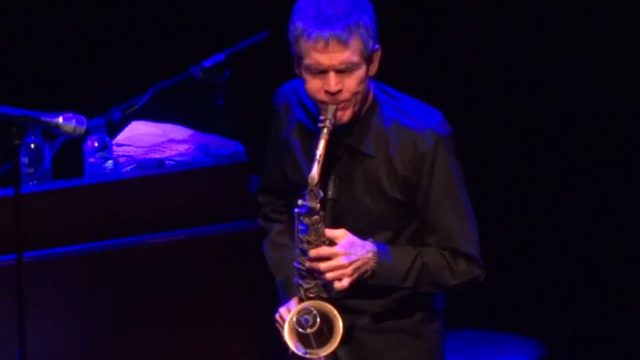
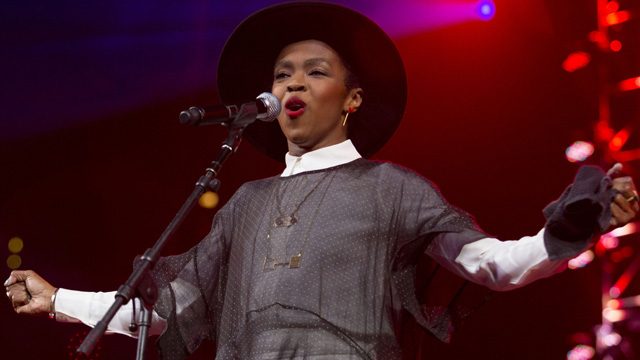


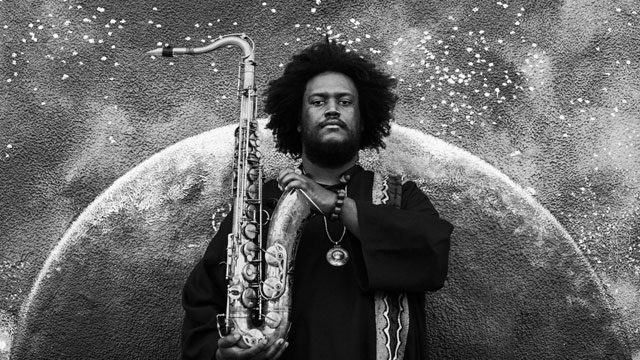

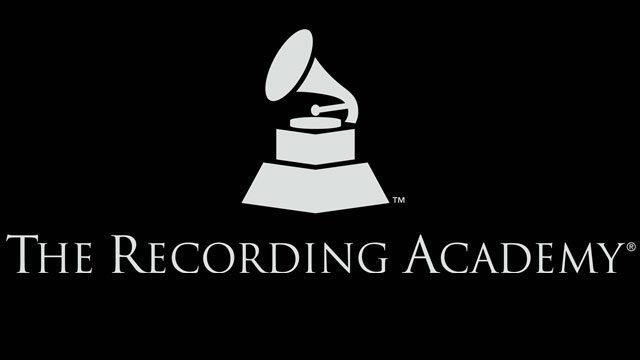
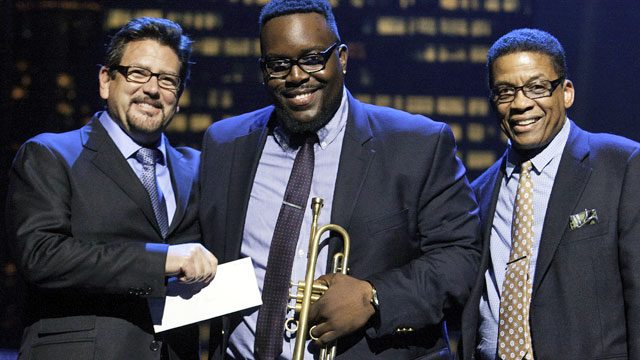
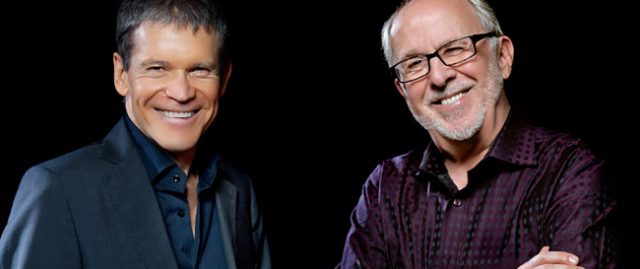
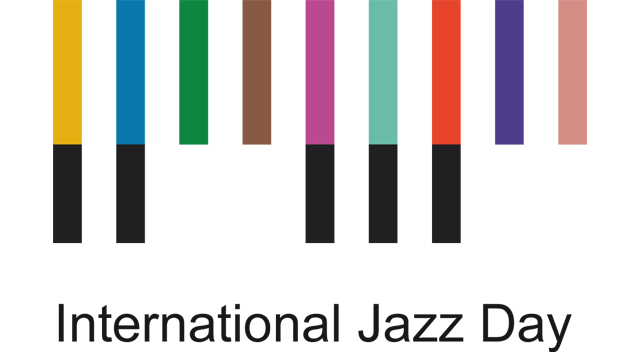
Have your say! Leave a comment below: